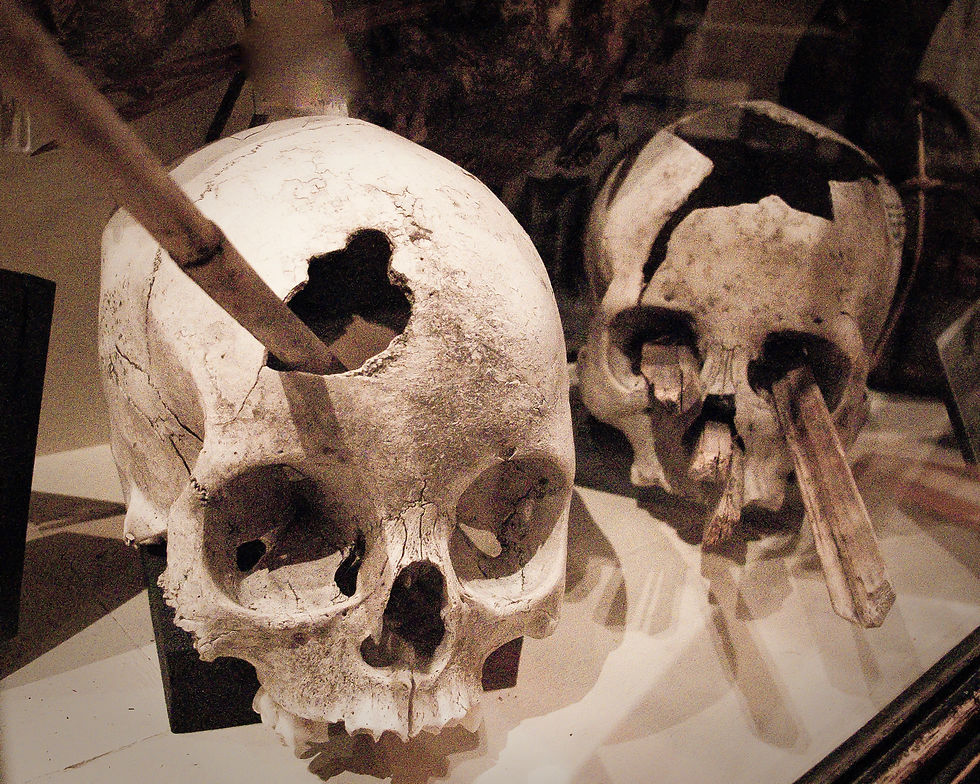Skeleton
How do we display the dead in a culture of hiding death?

Courtesy of a private collection

Courtesy of a private collection

Courtesy of Oxford University Museum of Natural History

Courtesy of Oxford University Museum of Natural History

Courtesy of Horniman Museum

Courtesy of Oxford University Museum of Natural History

Courtesy of the Museum of Archaeology and Anthropology, Cambridge

Courtesy of the Museum of Archaeology and Anthropology, Cambridge

Courtesy of the Museum of Archaeology and Anthropology, Cambridge

Courtesy of Pitt Rivers Museum

Courtesy of Pitt Rivers Museum

Courtesy of Pitt Rivers Museum

Courtesy of Cambridge Museum of Zoology

Courtesy of Cambridge Museum of Zoology

Courtesy of a private collection

Courtesy of Cambridge Museum of Zoology

Courtesy of Horniman Museum

Courtesy of a private collection

Courtesy of the Museum of Archaeology and Anthropology, Cambridge

Courtesy of the Museum of Archaeology and Anthropology, Cambridge

Courtesy of the Museum of Archaeology and Anthropology, Cambridge

Courtesy of Oxford University Museum of Natural History

Courtesy of Oxford University Museum of Natural History

Courtesy of Oxford University Museum of Natural History

Courtesy of Horniman Museum

Courtesy of a private collection

Courtesy of a private collection

Courtesy of a private collection

Courtesy of a private collection

Courtesy of a private collection
How do we display the dead in a culture of hiding death?
Museums follow an implicit code when displaying human skeletons. In most cases the minimum are shown; one can stand for all humanity. Archaeology museums often show one skeleton laid out, replicating how they were revealed from the earth, with their artefacts (and sometimes soil) with them, as though they have not been disturbed, just relocated. They give no space to the many others in archives or held for research or teaching. In contrast, anthropology displays reveal in skulls (but not skeletons), collected together so that the different cultural treatments can be compared. Medical skeletons typically stand around in groups, highlighting features of disease and deformity and usually cannot be photographed. Zoology displays often show one human skeleton standing with the other great apes in a parade of animals, and they can be photographed. Anatomy specimens showing the normal variation between male and female, young and old, are not displayed anywhere. This hidden language is implicitly understood, but is odd when considered together.
These images bring together various displays, to help highlight the similarities and differences for comparison and contrast as a summary of our culture of treatment of the dead on display.
Images taken courtesy of a private collection, the Oxford University Museum of Natural History, the Pitt Rivers Museum,
the Cambridge Museum of Zoology, the Cambridge Museum of Archaeology and Anthroplogy, and the Horniman Museum, London.

